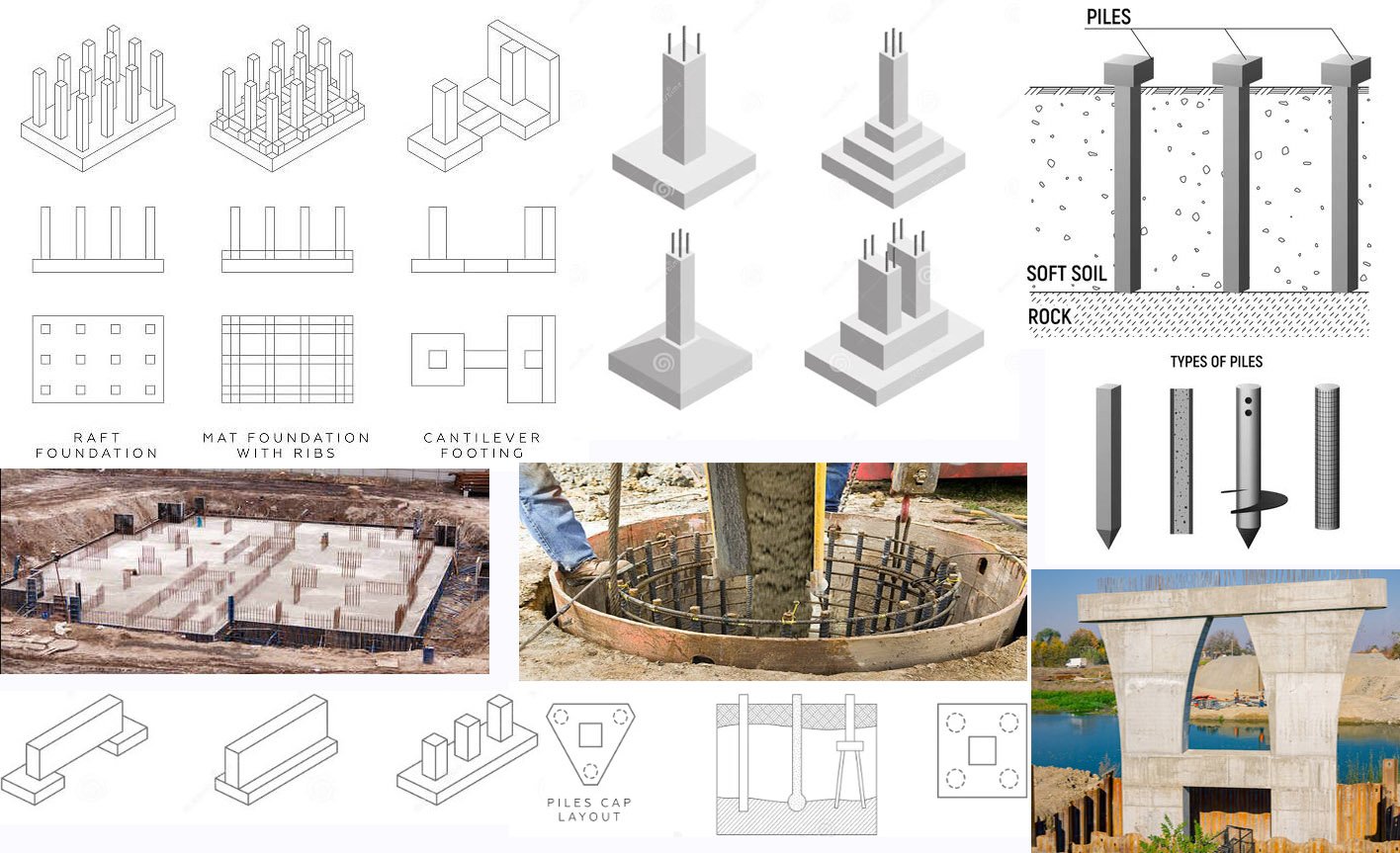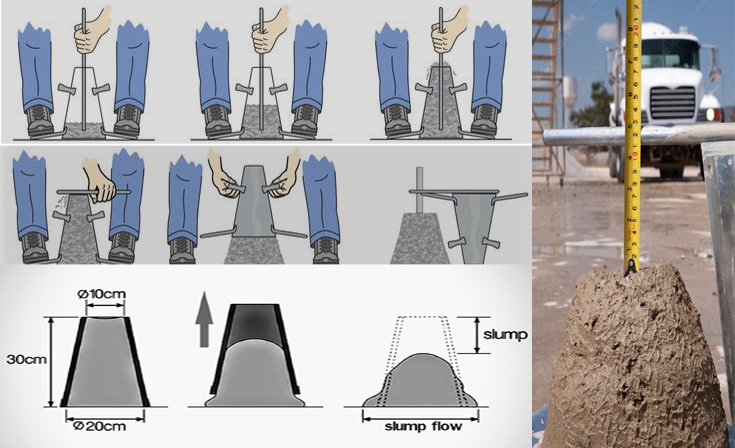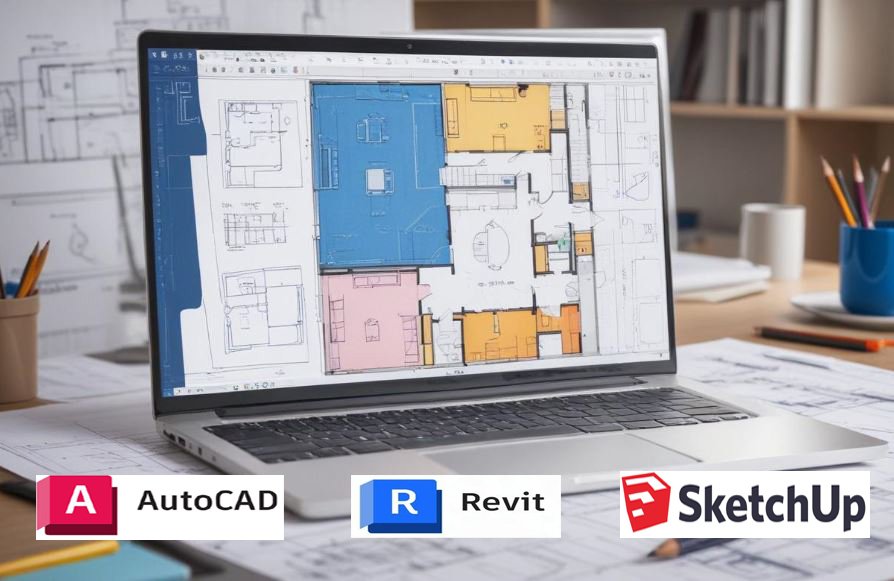Civil engineering projects range from simple to extremely complex. The projects could be huge buildings or complicated transportation systems. Planning, resourcing, and execution need care and practicality. Successful project management is, therefore, crucial to ensure the completion of projects on time, within the budget, and up to the quality expected.
High Costs of Ineffective Management
In civil engineering even a minor mismanagement of projects has extensive effects and can lead to:
Other Costs: The longer the delay, the greater the likelihood of added costs accruing from labor and material supply, and probably penalties.
Problem with Reputation: Reduces the likelihood of winning new business in the future and can lead to the loss of existing customers.
Lawsuits: Legal actions that may result from delays and breaches of agreements could tie up the project for a long time and be very expensive.
Risk Related to Safety: Speeding up to meet the target can infringe on safety precautions for workers and the general public.
Clearly Define Its Scope: The project’s objectives, what has to be delivered, and what the limitations are. When the scope is well defined, it reduces the risks of added features (uncontrolled expansion of the project).
Keep Channels Clear: Technology and systems that will allow all stakeholders to the project in seamless communication— clients, contractors, sub-contractors, engineers, and regulatory bodies.
Hold Periodic Meetings: Discuss progress, address any issues, and make sure everybody is aware.
Document Everything: Keep detailed records of decisions, changes, and communications so that there are no doubts in future disputes.
Keep Budget under Stricture:
Cost Estimates: Ensure accuracy by using the Building Estimation Excel Sheet.

Some Room for Contingency: Provision should be made for contingencies to meet unexpected expenditures and emergencies.
Regular Monitoring: Keep a close eye on expenses and see that they are compared with the budget at regular intervals. Any deviations noted should be acted upon immediately.
Time Management & Scheduling:
Critical Path Method (CPM): It is a technique that can be used to determine those tasks critical to the on-time completion of the project because they directly impact the completion date. Therefore, these activities take precedence in the schedule.
Realistic Timeframes: Ensure that the deadlines are not over-ambitious, as it may force rushing through the work and, therefore, compromise its quality.
Flexibility & Adaptability: Since delays can be quite inevitable, one should have some leeway with set plans to make alterations to schedules when needed.
Quality Control & Assurance:
Set Clear Standards: Materials, workmanship, and the outcome of the project should have clearly defined expectations of quality.
Periodic Inspection: There should be very regular and periodic inspections throughout the lifecycle of the project to ensure that standards are complied with.
Documentation and Testing: Inspections, tests, and quality control measures should be well documented.
Project Management Software: Companies that provide task management, timelines, collaboration, budgeting, and reporting include Asana, Monday.com, and Microsoft Project.
Building Information Modeling (BIM): This software designs intelligent 3D models for efficient project work with minimized design flaws and enhanced multi-disciplinary cooperation.
Drone Technology: Site surveying, monitoring projects as they progress, and site inspections are some of the applications drones have that provide visual data and mitigate risks at the sites.
Empowerment: It means encouraging team members to identify issues in the making and have the voice to speak about them. Open Communication: At all times, having an environment wherein open communication plus constructive criticism is encouraged. Solutions-Oriented Approach: Building a culture in which challenges are problems and opportunities in disguise for betterment and innovation.
Conclusion
Effective project management transcends the negation of lateness and errors. It offers an initiation to civil engineering projects that will be viable and have an effect. When engineers come into the scenario with an eye for details in their plans, open channels of communication, and quality work, then they can tame the complexities in the field, and come out with exceptional results. Results that leave communities better and shape a better tomorrow.
































